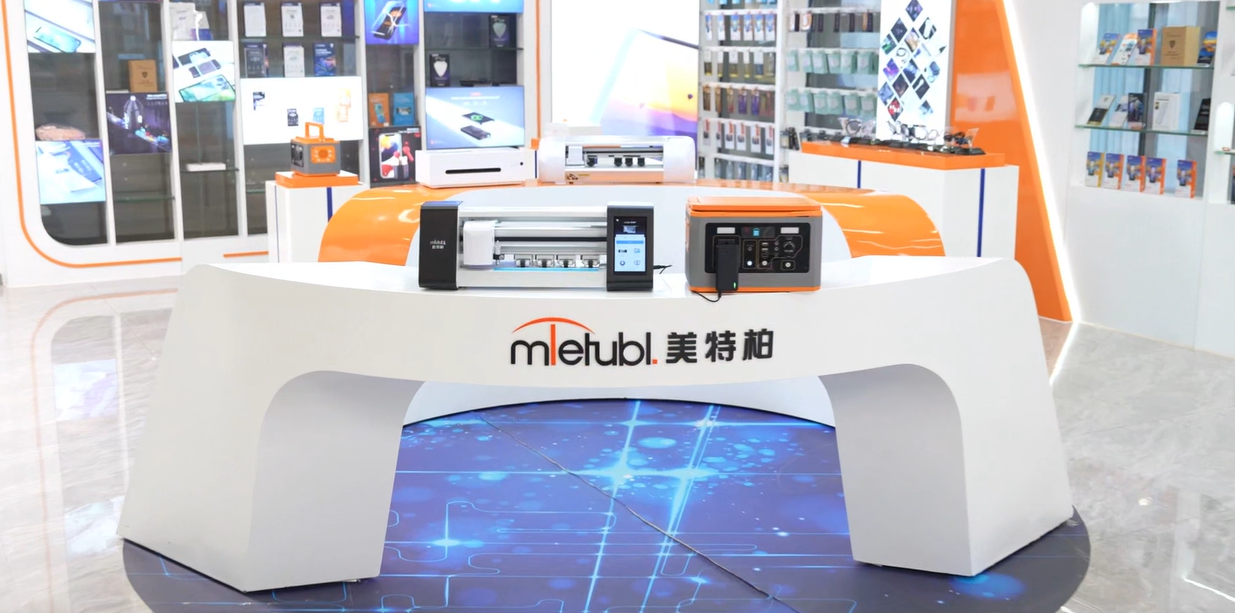
MIETUBL Brand Overview
MIETUBL is a brand originating from China and thriving through China’s intelligent manufacturing. It is committed to providing high-quality mobile accessories and related products to global consumers. Since its inception in 1998, the brand has followed the trends of the times, focusing on resource integration and building a symbiotic and shared industry ecosystem, enabling global consumers to conveniently access quality products that enhance their lives.
By continuously innovating and diversifying its product offerings, MIETUBL has achieved significant success in the mobile accessory industry. As a brand driven by customer value and innovation, MIETUBL has expanded into various product applications while accumulating rich industry experience and establishing a stable customer base. Headquartered in Zengcheng, Guangzhou, the company has strategically positioned itself within the mobile accessory industry, integrating high-quality production resources and aiming for a win-win business model.
Core Values and Development Vision:
-
Customer-Centric: MIETUBL always prioritizes customer needs, continually enhancing product quality and consumer experience through innovation and technological research and development.
-
Resource Integration and Industry Symbiosis: By integrating industry resources, MIETUBL creates a symbiotic, shared industry ecosystem, connecting global distributors and consumers, and promoting mutual growth across the value chain.
-
Global Vision: MIETUBL is committed to bringing Chinese manufacturing to the world, providing global consumers with high-quality, innovative mobile accessories, while offering profitable opportunities for distributors.
MIETUBL’s long-term vision is to continually enhance its products through innovation and quality, establishing “MIETUBL” as a globally trusted brand, recognized in markets around the world.
PRODUCTS
Why Tempering Glass Is Essential for Safety in Modern Architecture
Enhanced Strength and Impact Resistance
The primary reason for tempering glass is its drastically improved strength. Tempered glass is approximately four to five times stronger than annealed glass of the same thickness. This enhanced strength comes from a controlled thermal or chemical process that introduces compressive stresses on the glass surface while creating tensile stresses in the core. This internal stress balance makes the glass remarkably resistant to impact. A significant impact that would shatter annealed glass is far more likely to cause tempered glass to crumble into relatively small, relatively harmless pieces. This fragmentation drastically reduces the risk of serious injury from sharp shards.
This superior strength is vital in applications where glass is subjected to high stress, such as large windows in high-rise buildings, curtain walls, and storefront facades. These areas often experience significant wind loads, accidental impacts, and even seismic activity. Tempered glass's ability to withstand these forces ensures structural integrity and prevents catastrophic failure, safeguarding the building and its inhabitants.
Safety in the Event of Breakage
Even with its enhanced strength, the possibility of breakage still exists. However, the manner in which tempered glass breaks is a critical factor differentiating it from annealed glass. When annealed glass shatters, it breaks into large, sharp, jagged pieces that pose a severe laceration hazard. In contrast, tempered glass, upon breaking, disintegrates into relatively small, granular pieces. This fragmentation pattern is considerably safer and less likely to cause serious injury.
This characteristic is particularly important in areas where glass breakage is more probable, such as doors, shower enclosures, and balustrades. In these applications, the safety implications of tempered glass are paramount. The reduced risk of severe cuts and injuries contributes significantly to a safer environment, particularly beneficial in public spaces where many people may come into contact with glass surfaces.
Compliance with Building Codes and Standards
The use of tempered glass is often mandated by building codes and safety regulations worldwide. These regulations recognize the significantly enhanced safety provided by tempered glass compared to annealed glass, especially in applications considered high-risk. Building inspectors often require documentation verifying the use of tempered glass in specific locations to ensure compliance with safety standards and prevent potential liabilities.
Furthermore, insurance companies often favor buildings incorporating tempered glass due to the reduced risk of accidents and associated claims. This makes using tempered glass not only a safety imperative but also a financially prudent decision for building owners and developers. The long-term cost savings associated with reduced insurance premiums and avoided liability claims often outweigh the slightly higher initial cost of tempered glass.
Aesthetic Considerations
While safety is the primary driver for using tempered glass, it also offers aesthetic advantages. The tempering process doesn't significantly alter the visual appearance of the glass; it remains transparent and clear. This allows architects to maintain the desired aesthetic integrity of their designs without compromising safety. The ability to combine functionality and aesthetics makes tempered glass an invaluable material in modern architecture.
In conclusion, the use of tempered glass in modern architecture is not merely a design choice; it's a critical safety precaution. Its enhanced strength, safer fragmentation pattern, compliance with building regulations, and aesthetic advantages solidify its indispensable role in creating safer and more reliable structures. The slightly higher initial cost pales in comparison to the long-term benefits of increased safety and reduced liability risks.
SUBSCRIBE
INQUIRY